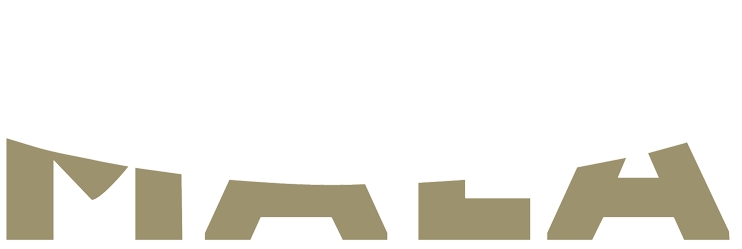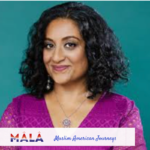Farzana Doctor: The Global Issue of FGM
Farzana is an author whose most recent novel tackles FGM and gender-based violence in the Dawoodi-Bohra community around the world and gives a platform for people to really understands both points of views of the issue.
So, Seven is a novel about forty year-old Sharifa who lives in New York City and she goes on a marriage-saving trip with her husband, back to Mumbai, and also with her seven-year old daughter. So, it starts there and its a story about a woman who thinks shes going to go and spend time in India homeschooling her kid and doing some research about a well-known ancestor, but instead she ends up arriving in Mumbai in 2016 when there are huge debates going on in the Dawoodi-Bohra community around Katna, also called female genital cutting. She finds herself in the midst of all this debate two of her favorite cousins are on opposite ends in terms of what they think about it and she has to muddle her way into figuring out where she stands on the issue.
I have a few objectives, I think one of the things is that I wanted to write a beautiful nuanced novel that looked at all of the complexities and messiness of being a Bohra woman, that was the first thing. I also really wanted to contribute to the conversation to this End FGM movement that I have been a part of. I’ve often found that when I read fiction, I get a deeper understanding of issues that I know nothing about. I’m hoping that as people read a book that has a lot of complexities around Katna that they learn about the issue, and maybe if they are inclined, decide to take a position on it maybe get involved in the movement if they are into that. So the Dawoodi-Bohra community, a lot of people don’t know much about us, and I think that’s partly because we are a small community, and it’s a fairly insular community as well. We are numbered at about 2 million across the world, Dawoodi-Bohra’s are a sub-sect of Shia-Muslim Muslims, and we have an APEX leader called the Saigna. Generally in our community, it is highly discouraged to question religion and especially to question the Saigna and the Saigna is the person who is saying that Katna is mandatory and has been not at all open to any kind of discussion with us. We have sent multiple letters for meetings, nothing. So it’s a daily regressive stance that this leader takes.
We are known to be exceedingly polite, we are known for our amazing tasty food, I mean every community thinks that their food is the best but ours is the best. We are also known for our unique attire, Orthodox women will often be called butterflies for their ridas which are like head-to-toe brightly colored outfits, a little bit like a Burqa. Generally, there is this notion that women are fairly-well educated in our community. So the pro-Katna people would often say, “Why are you saying these bad things about our community, look at how amazing we are?” There is a lot of amazing things about the community but Katna has to go, Katna is a human rights abuse.
I think one of the challenges about writing the book was to make sure that I was being complex and nuanced around the issues because clearly as an activist, I am against Katna, and I just called it human rights abuse, but I needed the book to be much more complex and nuanced. So I created three main characters, the main protagonist whose voice the book is in, and her two cousins, one is more Orthodox who believes that Katna is normal, another cousin who is the activist in the book, and who is really really angry. So I wanted to have these three points of view and with each of them, they’ve all been impacted also very different, which is also a very important thing to talk about. That Dawoodi-Bohras are not very homogeneous, Katna survivors are not homogenous, everybody has a different experience.
It is a balancing act and I think that there can be this fear that you’re going to air your communities dirty laundry and you might get some blowback on that, but I think it’s up to all of us to be critiquing and moving forward our own communities in the ways that we can. I think that this is the first book of its kind that addresses Katna or female genital cutting within the context of the Dawoodi-Bohra community, so I think that it really is fairly unique.
Another message that I want to put out there is that sometimes when we are talking about female genital cutting there is this feeling that it is this weird thing that happens to weird people over there. One message that I really want people to understand is that female genital cutting happens all around the world, it happens in every community across all religions. More than that, I see it on the continuum of other forms of gender-based violence so its not unrelated to things like femicide, its not unrelated to rape culture, it’s just on the continuum, so it’s just another way for us to talk about Me Too, it’s another way to talk about gender violence.


